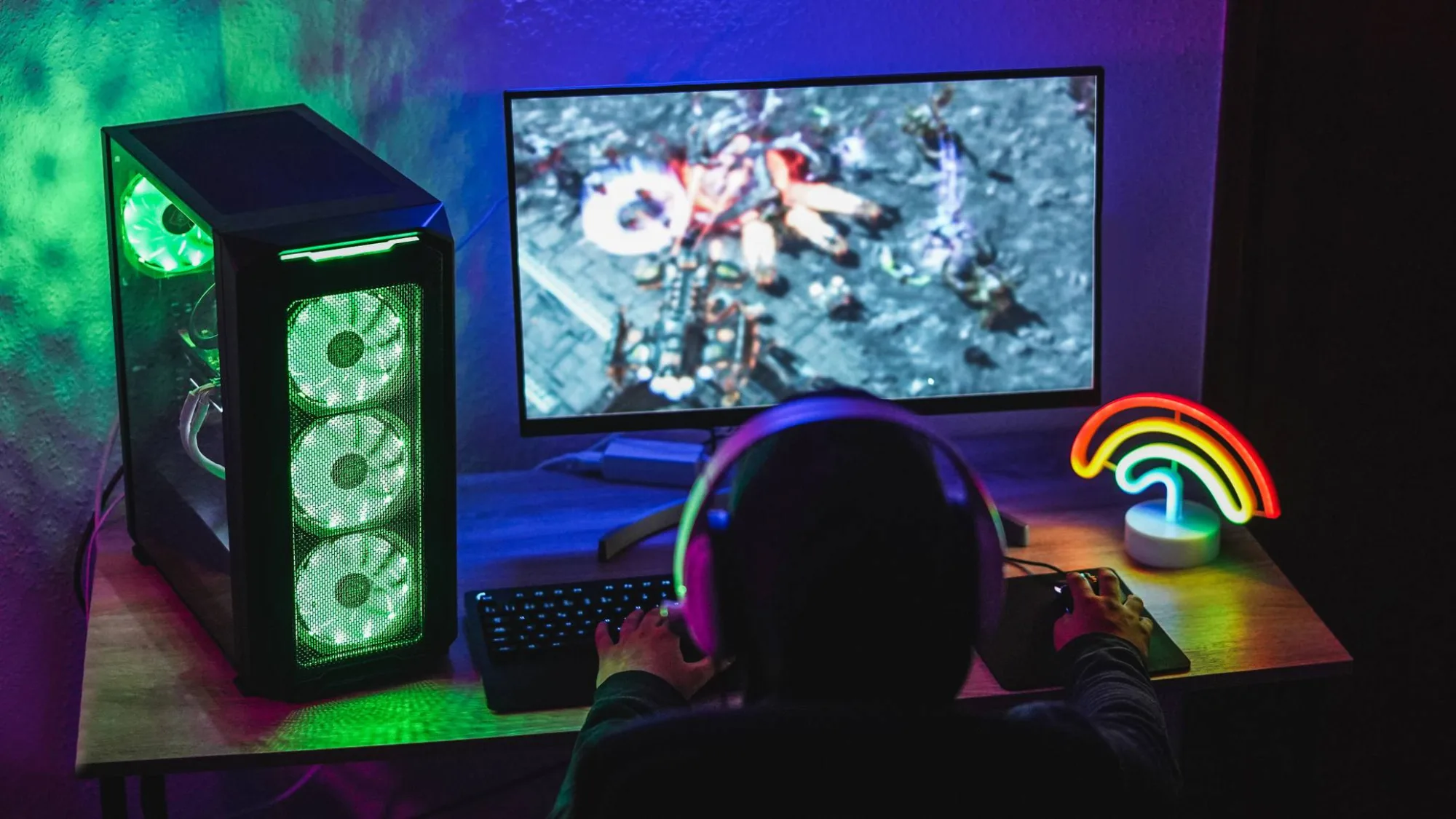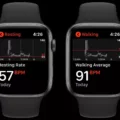The CPU and GPU are two of the most important components of a computer system. Both are essential for running modern software and playing demanding games. However, their architectures differ significantly, and understanding these differences is important for optimizing performance.
The CPU, or central processing unit, is often referred to as the “brain” of the computer. It is responsible for executing instructions and performing calculations. CPUs are designed to handle a wide range of tasks quickly, with clock speeds typically ranging from 1 to 5 GHz. They are optimized for single-threaded performance, meaning they can execute one instruction at a time, but they can switch between tasks quickly.
In contrast, the GPU, or graphics processing unit, is designed to handle highly parallelizable tasks such as rendering high-resolution images and video. GPUs have hundreds or thousands of processing cores that can work on multiple tasks simultaneously. This makes them ideal for running complex graphical applications such as games and video editing software.
One key difference between CPUs and GPUs is their memory architecture. CPUs have a small amount of fast memory called cache, which is used to store frequently accessed data. They also have access to system memory, which is slower but has a larger capacity. GPUs, on the other hand, have their own dedicated memory called VRAM, which is optimized for high-bandwidth data transfer.
Another difference is the way that CPUs and GPUs are integrated into a computer system. CPUs are typically mounted directly onto the motherboard and communicate with other components using a high-speed bus such as PCIe. GPUs, on the other hand, are often mounted on a separate card and communicate with the CPU and other components using a dedicated bus such as PCIe x16.
When it comes to gaming, both the CPU and GPU are important for achieving high performance. The CPU is responsible for running the game engine and handling game logic, while the GPU is responsible for rendering the graphics. In general, the CPU is more important for games that rely heavily on physics and AI, while the GPU is more important for games that have complex graphics and visual effects.
The CPU and GPU are both essential components of a modern computer system. While the CPU is optimized for single-threaded performance and handles a wide range of tasks, the GPU is optimized for highly parallelizable tasks such as rendering high-resolution graphics. Understanding the differences between these two architectures is important for optimizing performance and achieving the best possible gaming experience.

Comparing the Benefits of CPU and GPU
It is difficult to definitively say which is better between a CPU and a GPU, as it largely depends on the intended use case. CPUs are generally better suited for handling a wide range of tasks quickly, due to their high clock speed and ability to efficiently execute sequential instructions. On the other hand, GPUs are designed for parallel processing, making them better suited for tasks that require a lot of concurrent processing power, such as rendering high-resolution images or video.
To further illustrate the differences between CPUs and GPUs, some key characteristics of each are listed below:
CPU:
– Generally has a high clock speed, allowing for fast processing of sequential instructions.
– Handles a variety of tasks, including running applications, file management, and multitasking.
– Typically has a small number of cores (often 2-8), which limits its ability to execute tasks concurrently.
– Often has a large cache, which helps to speed up frequently accessed data.
GPU:
– Designed for parallel processing, allowing for concurrent execution of many tasks at once.
– Often has hundreds or thousands of cores, which makes it well-suited for tasks that require a lot of concurrent processing power.
– Typically has a lower clock speed than a CPU, but makes up for it with its parallel processing capabilities.
– Often has a large amount of memory bandwidth, which is important for rendering high-resolution images or video.
Whether a CPU or GPU is better largely depends on the intended use case. CPUs are better suited for handling a wide range of tasks quickly, while GPUs are better suited for tasks that require a lot of concurrent processing power.
Do CPU and GPU Both Needed for a Computer?
You need both a CPU and GPU for PC gaming. The CPU is responsible for handling the overall functionality of the system, including running the operating system, managing system memory, and executing software applications. The GPU, on the other hand, is responsible for rendering images and graphics on your screen.
While some games may be more CPU-intensive than others, most modern games require both a powerful CPU and GPU to run smoothly. A smart CPU can handle the game’s physics engine, artificial intelligence, and other background processes, while a powerful GPU can handle the game’s graphics, lighting effects, and visual details.
It’s important to note that the specific requirements for a CPU and GPU will vary depending on the game you are playing. Some games may be more CPU-intensive, while others may rely more heavily on the GPU. Before purchasing a new CPU or GPU, it’s important to research the specific requirements for the games you plan to play to ensure that you have the necessary hardware to run them smoothly.
While the importance of the CPU and GPU in PC gaming will depend on the specific game and its requirements, both are necessary for a smooth gaming experience.
The Possibility of Having a CPU and GPU Together
It is possible to have a CPU and GPU in a computer or any other computing device. In fact, most computers have both components as they serve different functions. The CPU or Central Processing Unit is the brain of the computer that performs all the necessary calculations and instructions required by the software. On the other hand, the GPU or Graphics Processing Unit is responsible for rendering graphics and images on the screen.
In some cases, the CPU may come with an integrated or built-in GPU, also known as an IGP or Integrated Graphics Processor. This type of GPU shares memory with the CPU and is suitable for basic graphics tasks such as web browsing, video playback, and office work. However, for more demanding tasks such as gaming, video editing, and 3D rendering, a dedicated or discrete GPU is required.
Dedicated GPUs are separate components that are installed on the motherboard or as an external device. They have their own memory and processing power to handle complex graphics tasks efficiently. They come in various models and specifications, ranging from entry-level to high-end, depending on the user’s needs and budget.
Having both a CPU and GPU is essential for modern computing devices to perform various tasks efficiently. The choice between an integrated or dedicated GPU depends on the user’s requirements and usage.
Conclusion
CPU and GPU architecture play significant roles in PC gaming. While a CPU is designed to handle a wide range of tasks quickly, a GPU is designed to render high-resolution images and video concurrently. Both are important in their own right and demanding games require both a smart CPU and a powerful GPU. Integrated graphics, also known as IGPs, share memory with the CPU, and certain CPUs come with a GPU built-in. Understanding the differences between CPU and GPU architecture and how they impact gaming performance is crucial in making informed decisions about hardware for gaming setups. Ultimately, having a balance of both CPU and GPU power is essential for a smooth and enjoyable gaming experience.








